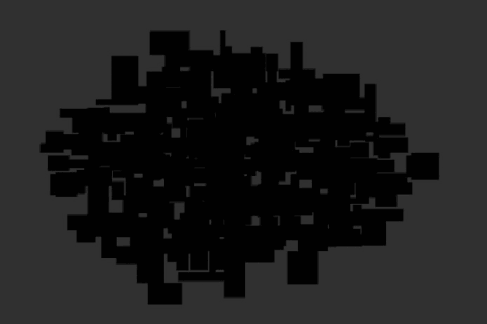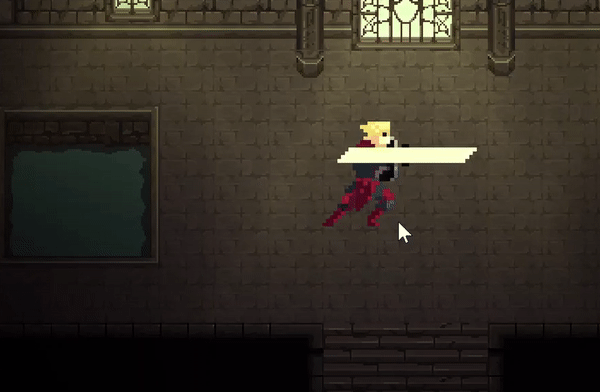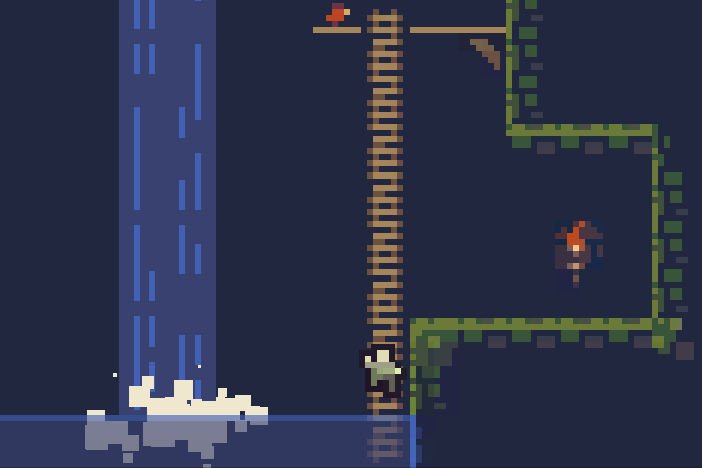Published in SemEval, 2021
In this article, we present our methodologies for SemEval-2021 Task-4: Reading Comprehension of Abstract Meaning. Given a fill-in-the-blank-type question and a corresponding context, the task is to predict the most suitable word from a list of 5 options. There are three sub-tasks within this task: Imperceptibility (subtask-I), Non-Specificity (subtask-II), and Intersection (subtask-III). We use encoders of transformers-based models pre-trained on the masked language modelling (MLM) task to build our Fill-in-the-blank (FitB) models. Moreover, to model imperceptibility, we define certain linguistic features, and to model non-specificity, we leverage information from hypernyms and hyponyms provided by a lexical database. Specifically, for non-specificity, we try out augmentation techniques, and other statistical techniques. We also propose variants, namely Chunk Voting and Max Context, to take care of input length restrictions for BERT, etc. Additionally, we perform a thorough ablation study, and use Integrated Gradients to explain our predictions on a few samples. Our best submissions achieve accuracies of 75.31% and 77.84%, on the test sets for subtask-I and subtask-II, respectively. For subtask-III, we achieve accuracies of 65.64% and 62.27%.



